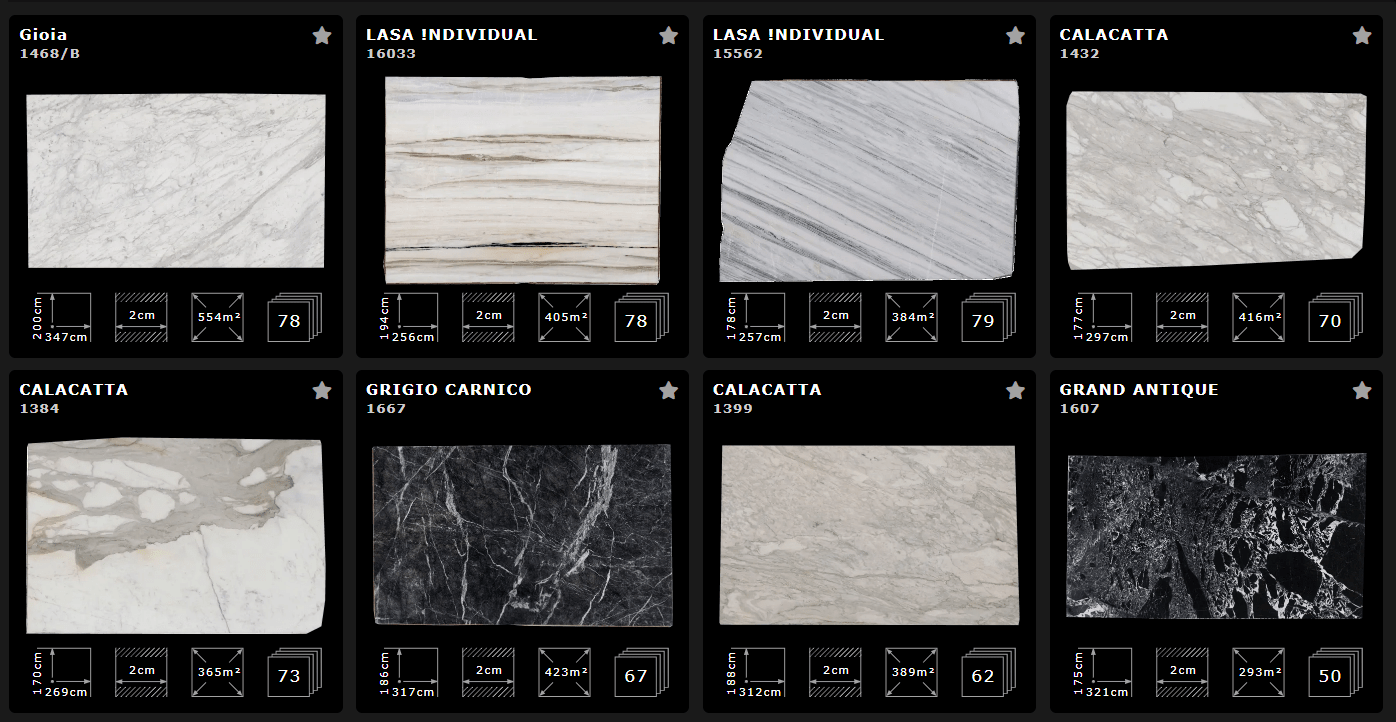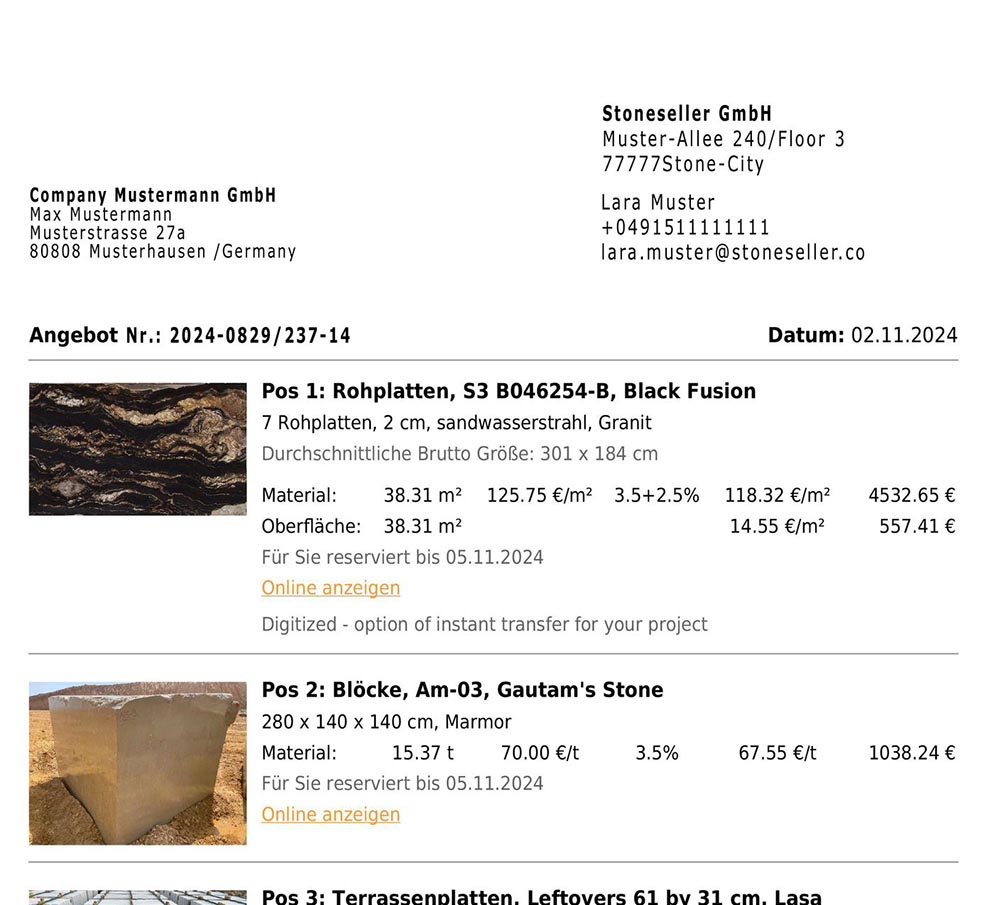Plan
Natural Stone Efficiently
The best tool for precise digital vein matching. Architects design with intuition and precision, seeing the entire space before a single slab is cut. Suppliers and fabricators work in one digital system for workflows, stock management, and e-commerce - ensuring every project ships on time and on spec.






Sustainable planning with natural stone - connected, precise and always accessible.
Our practice-based all-in-one solution is suitable for companies and projects of all sizes. Publish your stock, send linked offers and receive real-time feedback in B2B and B2C. It's never been easier.
Plan projects with unparalleled precision
DDL enables precise planning, even for complex design ideas. Work directly with architects and planners, optimize the use of materials and ensure quality in production with detailed reports and precise production data. Save up to 20% in planning, materials and production.

The stone warehouse - show and manage online
Whether locally or worldwide: the stone warehouse is open to everyone at all times. The management of stock quantities, reservations and the integration of suppliers and resellers are simple, tried and tested. With the DDL online warehouse, you can increase your presence, reach and team effectiveness.

Create professional quotes quickly
Selling sheets and blocks has never been so easy. Simply select them in the online warehouse and contact the customer - done! Save valuable time. The customer immediately receives an offer with all the details and photos.

What our clients say
„DDL has enabled us to involve our customers and their decision-makers at an earlier stage and therefore to go into processing with more certainty. With the platform, we were able to close the gap between our project team and processing in addition to the gap with the customer. Especially in projects with many different dimensions, we were able to increase the material yield by an average of around 15% and thus save up to 20% of costs overall.“
Why work with us?
We offer direct contact with our experts, so your questions are answered in no time and problems are quickly resolved.
We adapt our software to meet specific requirements and processes on request. This means that we always offer a customized solution.
We value precision, reliability and innovation. With our software, our partners benefit from the highest quality and performance.
Let's talk about your challenges.
Every company and every project has its own individual requirements. We offer advice and show you new ways of working with natural stone. Book a free strategy meeting now - we look forward to getting to know you.